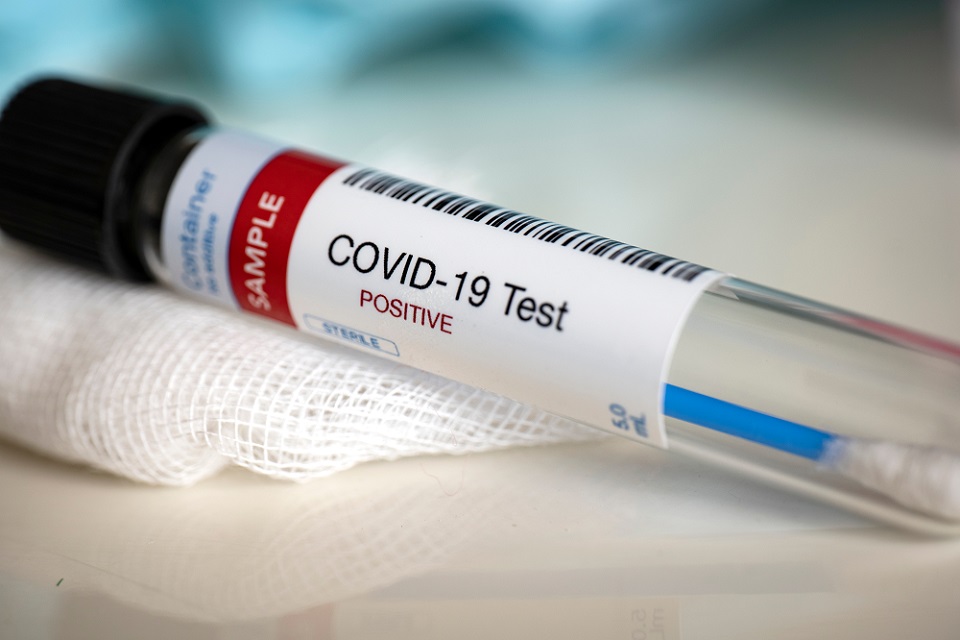The Government Actuary's Department (GAD) continues to use its skills to support clients during the coronavirus pandemic.
Under the government's Civil Service COVID redeployment programme, two people from GAD are using their analytical expertise to support the new NHS test and trace service. This ensures quick testing and helps facilitate fast identification of close recent contacts of people who've tested positive.
Modelling and analysis
Effective modelling and analysis will be vital to the success of all areas of the programme. Modelling can be used to assess operational needs such as future demand for tests and contact tracers. It can also be used to ensure early detection of local outbreaks and support policy decisions.
The data and analytics team is responsible for maintaining a single source for data across the programme and providing system-level modelling and analysis.

Data science
Reflecting on his contribution to the project, actuary Rich Haines said: "We provide modelling on policy questions and the work is incredibly fast paced. Everyone's drive to ensure the success of the programme is palpable as the scheme gets into its stride. There's further hard work ahead, but I can't wait to see what the coming months will hold!"
Trainee actuary Comfort Ajoku added: "The NHS test and trace team consists of a varied mix of individuals from both within government and outside, including analysts, data scientists and data engineers. I'm working in the data and analytics team where we model the need for test kits, contact tracers and people in isolation.
"Working in NHS test and trace is a great opportunity for me to use my skills in the fight against coronavirus and to help any way I could."






